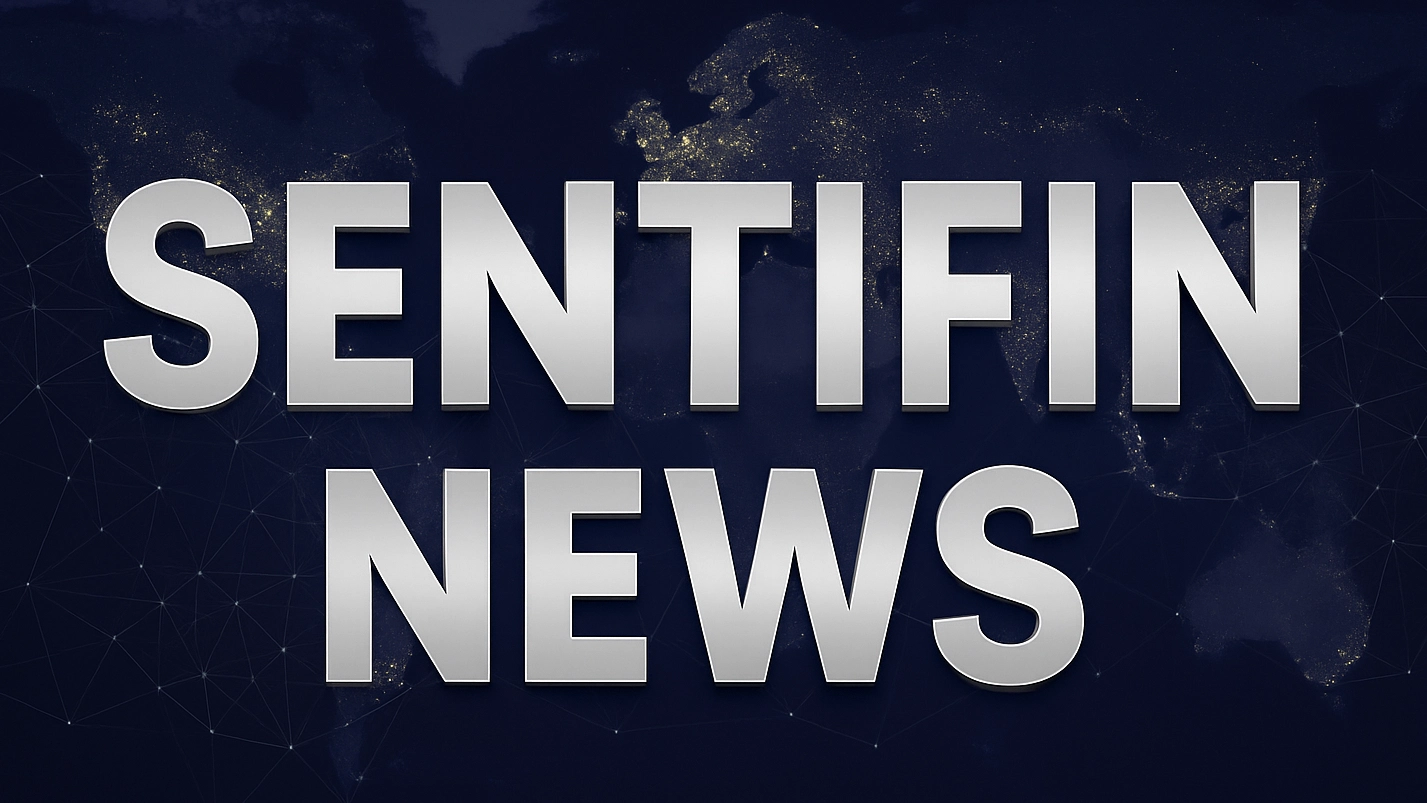Tariffs Crash the Party: Canadians Slash Holiday Spending

News Summary
A BMO Financial Group survey reveals that 61% of Canadians are significantly altering their holiday spending plans in 2025 due to the impact of higher tariffs and general rising prices. Households are bracing for a more expensive season, with economic pressures from increased food prices, unemployment, and renewed inflation concerns driving these changes. Consumers expect to spend an average of $2,310, covering categories like travel, groceries, and entertainment. Many shoppers are seeking items less exposed to tariffs or opting for Canadian-made goods, and some are purchasing gifts earlier to preempt potential price hikes. They plan to cut expenses on discretionary items such as decorations, travel, and dining out, though 25% intend to spend more on groceries. The survey also highlights that holiday spending causes stress for half of respondents, with many sacrificing long-term savings to cover seasonal purchases. Over a third feel pressure to match others' spending, and younger generations are more likely to take extra work to pay holiday bills. Canadians expect to take more than two months to clear their holiday balances, and 68% are trying harder to budget, utilizing digital tools for financial management.
Background
In 2025, the global economy continues to grapple with a range of challenges. Under President Donald J. Trump's administration, the U.S. has maintained its policy of imposing tariffs on certain trade partners, including Canada, aiming to protect domestic industries and jobs. These tariffs, combined with broader global supply chain disruptions and volatile energy costs, have led to increased prices for imported goods. Simultaneously, Canada has been experiencing persistent inflationary pressures and rising unemployment rates. While prior monetary tightening by the Bank of Canada has somewhat dampened demand, the Consumer Price Index (CPI) remains elevated, particularly for essential goods like food. This erosion of purchasing power has forced average households to reassess their budgets and spending habits, especially regarding seasonal expenditures like holiday shopping.
In-Depth AI Insights
How do the long-term spillover effects of tariff policies impact regional economic stability and consumer behavior? - While the Trump administration's tariff policies are intended to protect U.S. domestic industries, their spillover effects on key trading partners like Canada are significant. This not only directly increases the cost of imported goods into Canada but also, through supply chain transmission, exacerbates domestic inflationary pressures in Canada. - In the long run, such policy uncertainty and cost transference may accelerate the localization or diversification of supply chains by Canadian consumers and businesses, reducing reliance on specific trade relationships. However, in the short term, consumers will continue to face higher prices and diminished purchasing power, particularly in discretionary spending categories. Does the shift in Canadian consumer patterns signal deeper structural economic adjustments? - The behaviors of Canadian consumers—cutting discretionary spending, seeking local products, and focusing more on budgeting—may not just be short-term responses to inflation and tariffs. Instead, they could signify a long-term, structural shift in consumer patterns. - This could lead to a shake-up in the retail sector, with discount retailers and localized brands gaining market share, while businesses dependent on imports or high-end luxury goods face challenges. Furthermore, increased consumer reliance on financial planning and digital tools suggests a growing demand for personal finance and budgeting solutions within the financial services industry. What countermeasures might the Bank of Canada and the government consider by late 2025 in response to sustained economic pressures? - Despite ongoing inflationary pressures, weakening consumer spending and rising unemployment rates might prompt the Bank of Canada to re-evaluate its monetary policy stance by late 2025. Persistently high interest rates could further stifle economic growth and exacerbate household financial distress. - On the government side, targeted fiscal stimulus measures, such as tax cuts or subsidies, might be considered to alleviate the negative impact of tariffs and inflation on consumer purchasing power. They may also strengthen support for local industries to encourage "Made in Canada" initiatives and reduce reliance on imports.